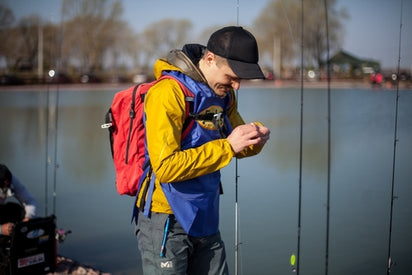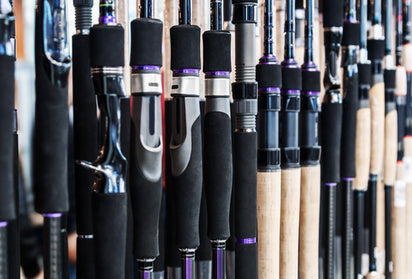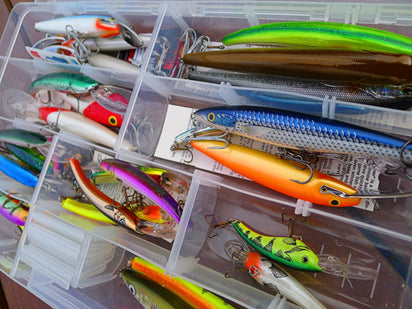Sinkers: Everything you need to know
Types of Fishing Sinkers: Everything You Need to Know
A great many styles of fishing sinker exist, each with a purpose or technique for which it was designed. And while choosing a sinker isn’t terribly complicated, knowing the ins and out of sinkers makes a big difference in how effective your rig will be.
For instance, too much weight will deaden your bait or lure, impairing its action and decreasing its effectiveness. Too little weight can mean poor casting or currents washing your terminal tackle far from where you intend it to be.
And, of course, using the wrong sinker for the job is going to be a real bite killer.
What are Fishing Sinkers?
Sinkers come in a nearly endless variety of sizes, shapes, and weights.
Sinkers, whatever their shape and material, are designed to weigh down a lure or bait, causing it to sink more rapidly than it otherwise would.
Consider live bait like a cricket. Without some split shot to weigh that little critter down, it might not sink at all!
They can also cause your lure or bait to present itself much differently than it would without the weight. The Texas and Carolina rigs are good examples of this, with bullet weight causing the soft plastic worm to take on a head-down position on the bottom.
And for surf fishermen, heavy triangle sinkers are essential for long casts and keeping their rigs put under the pressure of tide and current.
Common Fishing Sinkers and Their Uses
Split shot
Split shot is never very heavy, but you can add more than one if needed.
Split shot comes in a range of sizes and weights, allowing you to carefully tailor your sinkers to your needs.
And you always want to use as little weight as you can to allow the casting distance you need and the staying-power necessary to fight currents, if necessary. Too much weight will deaden your lure or bait, making it far less attractive to fish.
Split shot is commonly used with live bait like crickets, nightcrawlers, leeches, and minnows, helping you cast them and keeping them submerged.
Bullet weights
It’s easy to see how bullet weights got their name.
Bullet weights are most common in bass fishing.
Used in conjunction with soft plastic worms, most famously in the case of the Texas Rig, bullet weights help slow-sinking worms reach your desired depth more quickly, something that can be essential when you’re fishing deep for bass that are holding to a hole or channel.
They also create a head-down presentation to your worm, lifting that enticing tail up where it can wriggle to great effect.
Bell Sinkers and Bank Weights

Bell sinkers also called pear eights or egg sinkers, their close kin, the bank weight, are often used to weight a three-way rig. Exactly like what it sounds, a three-way rig has a main line connected to two others: a weighted line to help it sink and keep it put and a terminal tackle line that’s the business end of the rig.

Useful for working the bottom for everything from flounder to catfish, the three-way rig relies on that bell or bank sinker to get the job done.
Slip sinkers

Slip sinkers are exactly what they sound like they should: they slip and slide along a line, changing position from the cast to the catch.
This allows for accurate, long casts, holds your bait in hard currents, and allows options like live minnows to swim actively above them, attracting predators like catfish. In fact, it’s one of the most effective rigs for cats, and it’s one you should learn if you plan to fill a cooler:
Pyramid sinkers

Pyramid sinkers range in weight but tend to be relatively heavy to allow for the extra-long casts you need from the beach. And their unusual shape catches in the sand well, helping to keep them put when the tide or currents want to drag them away.
Common elements of a fish-finder rig, pyramid sinkers are something no salt-water angler can live without.

That long, thin shape helps to avoid getting hung up.
The drop shot rig, one of the best finesse techniques for bass, relies on a weighted line to keep the rig in contact with the bottom, suspending the hook and trailer inches to feet above that.
Cylinder weights are ideal for this rig because they slide and slot into place easily, and they tend not to get hung up on debris, leading to more fishing and less re-tying.
Final Thoughts
There are many more styles of sinker, but you’ll rarely see others than the ones listed in this article and one of the options described above will get the job done for you, no matter your technique.
Pick the right sinker for the job, go as light as you can, and you’ll be amazed by how well they work.














